Monsoon Plant Care Secrets: How To Keep Your Green Babies Thriving During Rainy Season
Monsoons may bring joy to your garden, but without the right care, they can also wreak havoc on your beloved plants, here’s how to keep them healthy and blooming.
Plant care tips for monsoon

When the monsoon clouds roll in, they bring with them relief from the scorching sun, and a whole new set of challenges for your garden. While rainwater can rejuvenate your plants, excessive moisture, poor drainage, and lack of sunlight can cause root rot, fungal infections, and stunted growth. Whether you have a lush balcony garden or a few pots by the window, your green friends need some extra love during this season.
Here’s a complete guide on how to care for your plants during monsoons to keep them fresh, fungus-free, and thriving.
Mind the Drainage: Don’t Let Roots Drown
)
Monsoons often mean clogged pots and flooded soil. Make sure your plant containers have proper drainage holes. Raise pots using bricks or stands to prevent waterlogging. If you're planting in beds, ensure the soil has enough slope to let excess water run off.
Use Well-Aerated Soil
)
Switch to a light, porous soil mix during monsoons. Combine soil with sand, compost, and cocopeat for better air circulation and drainage. Compact or clayey soil holds too much water and increases the risk of root rot.
Prune Dead Leaves and Stems
)
Monsoons accelerate fungal growth. Trim yellowed leaves and rotting stems regularly to improve air circulation and stop infections from spreading. Don’t over-prune though—keep your plants strong, not bare.
Watch Out for Pests and Fungi
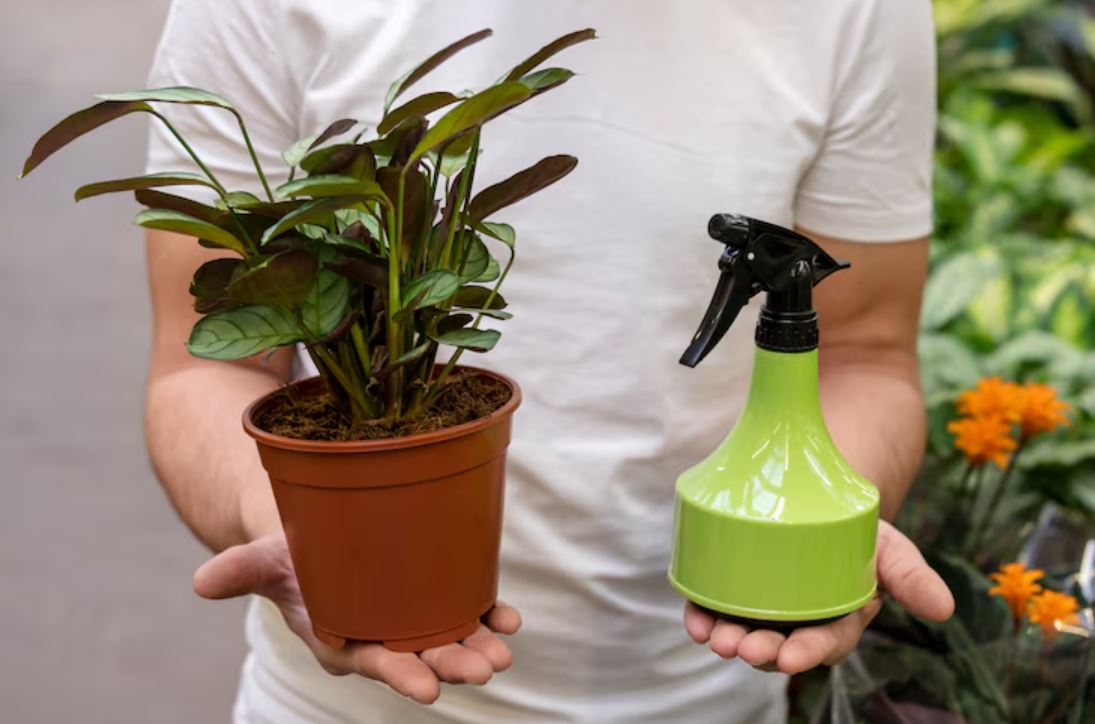)
This season is paradise for pests like snails, slugs, aphids, and fungal infections like powdery mildew. Inspect your plants daily. Use neem oil spray, soapy water, or natural fungicides to combat early signs of trouble.
Limit Watering, Let the Rain Do Its Job
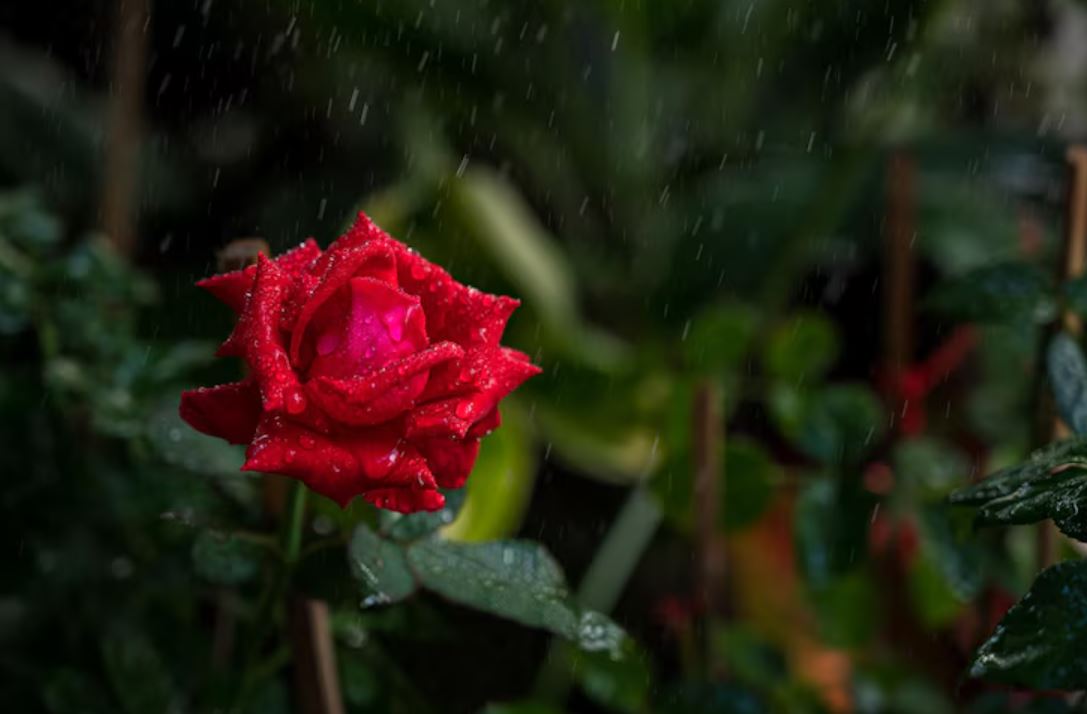)
One of the biggest mistakes plant parents make is continuing to water as usual. Reduce watering frequency as rain already supplies ample moisture. Check soil moisture before watering, if the top 2 inches are wet, skip it.
Bring Delicate Plants Indoors
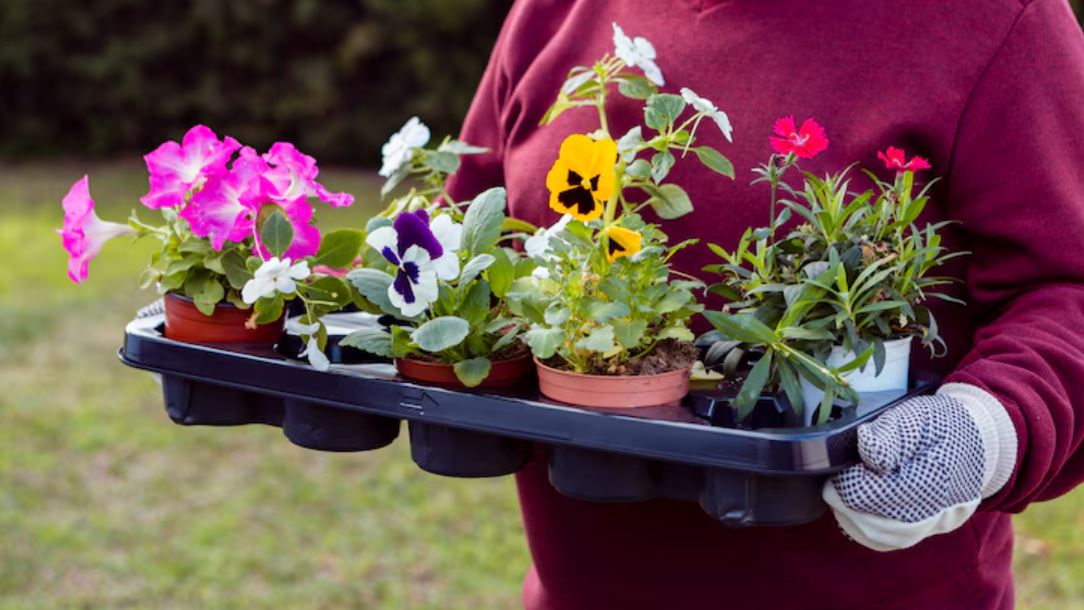)
If you have succulents, cacti, or flowering plants like hibiscus and orchids, move them indoors or under a shaded area where rain won’t hit them directly. These plants are sensitive to excess moisture and can rot easily.
Add Organic Fertilizer Sparingly
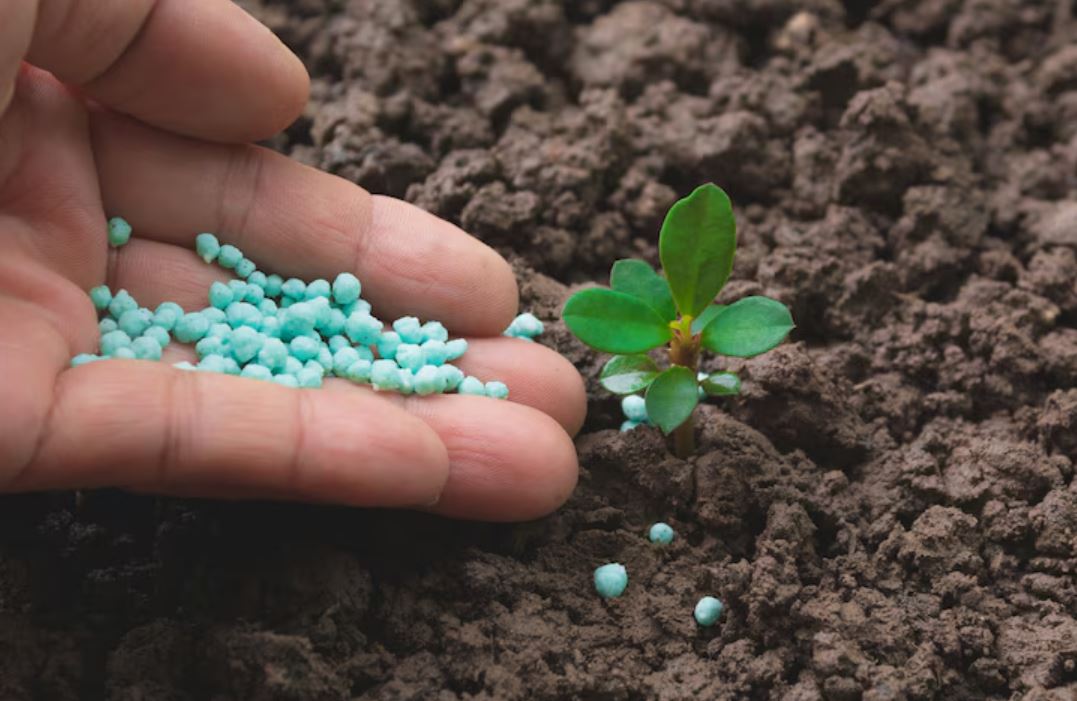)
Use natural compost or liquid seaweed fertilizer, but don’t overdo it during monsoons. Excess nutrients in wet soil can lead to root burn or promote fungal growth. Apply every 2–3 weeks in diluted form.
Provide Adequate Sunlight
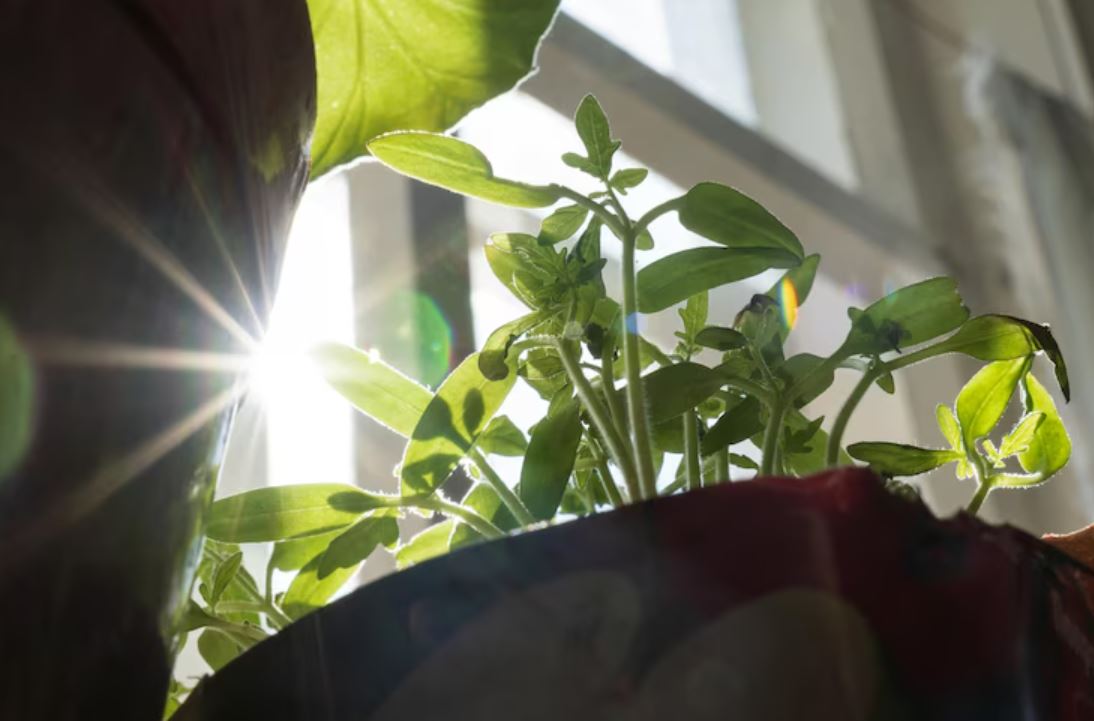)
Overcast skies reduce sunlight exposure. Keep plants in the brightest spots possible, near balconies, terraces, or sunny windows. Rotate pots every few days to ensure even light distribution.
Use Mulch to Control Weeds and Retain Health
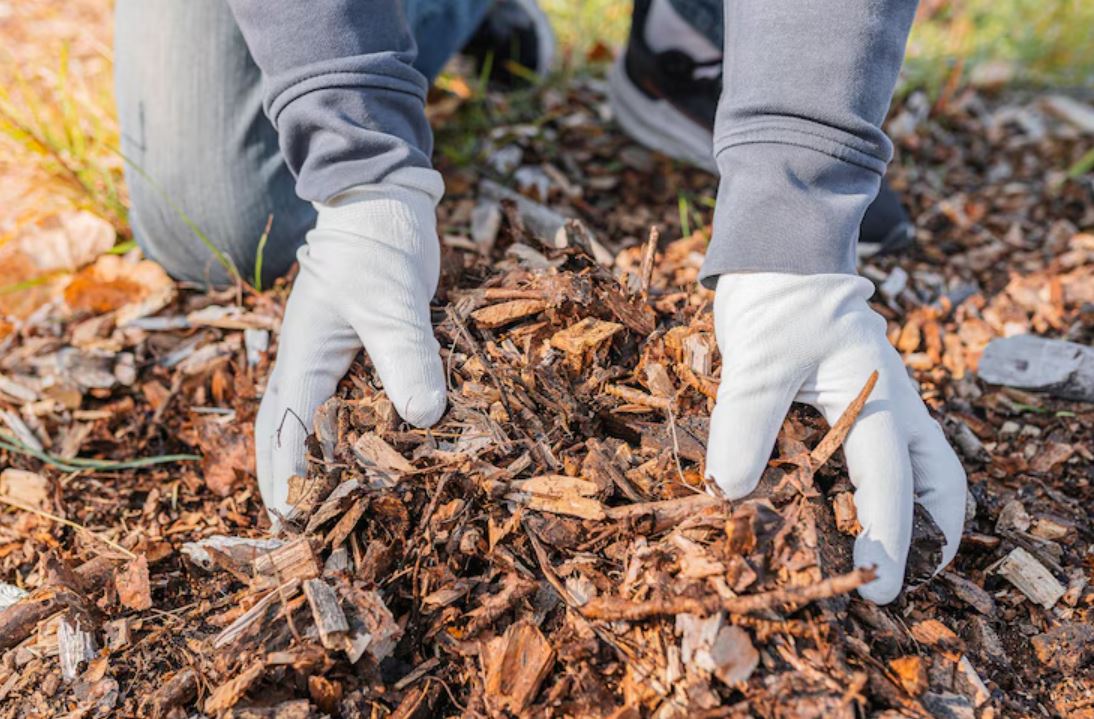)
A layer of dry mulch (leaves, straw, or wood chips) protects roots from direct rain impact, reduces weed growth, and regulates soil temperature. Just ensure mulch doesn’t touch plant stems directly.
Re-pot If Necessary
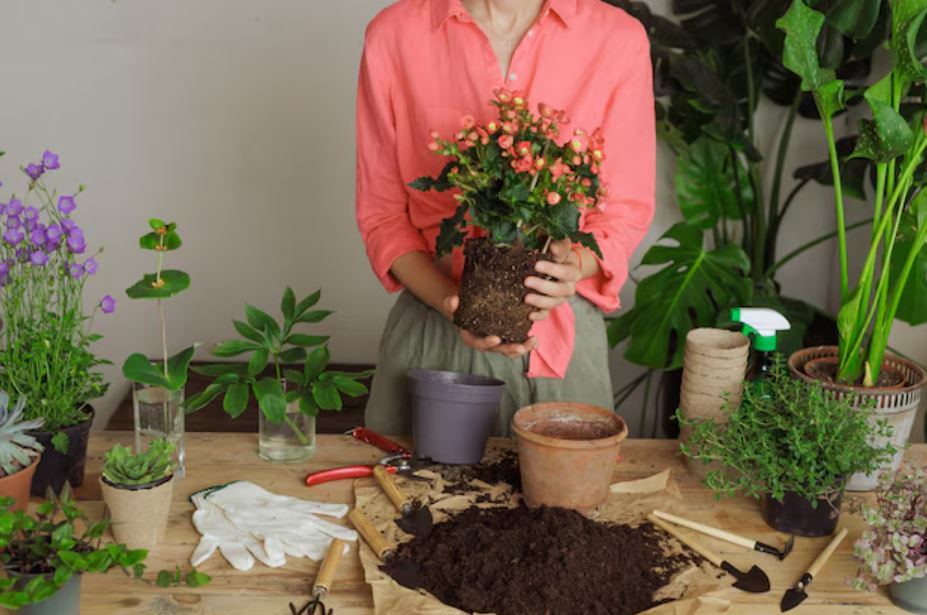)
If you notice roots peeking out of the pot or water collecting for long hours, it might be time to re-pot the plant into a bigger container with fresh soil mix. Always use pots with good drainage.
Support Tall or Delicate Plants
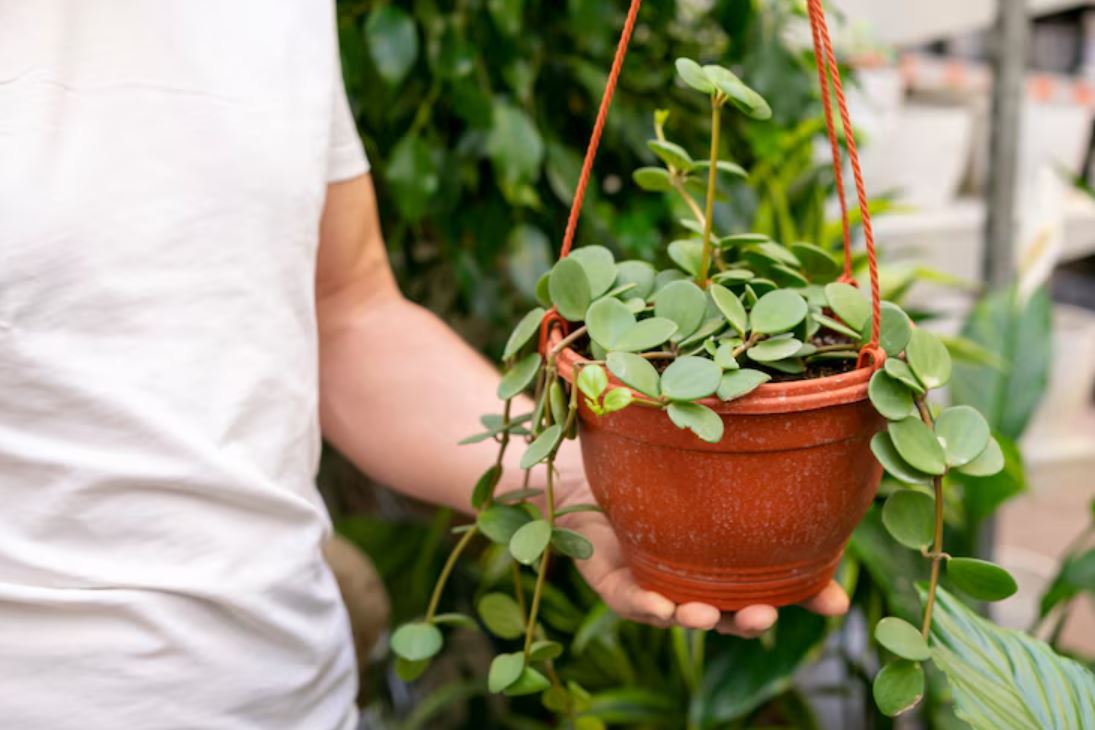)
Heavy rain and wind can topple tall or weak-stemmed plants. Use wooden sticks, bamboo poles, or plastic ties to support them. For climbers, make sure their trellises are sturdy and fixed properly.
Avoid Overcrowding
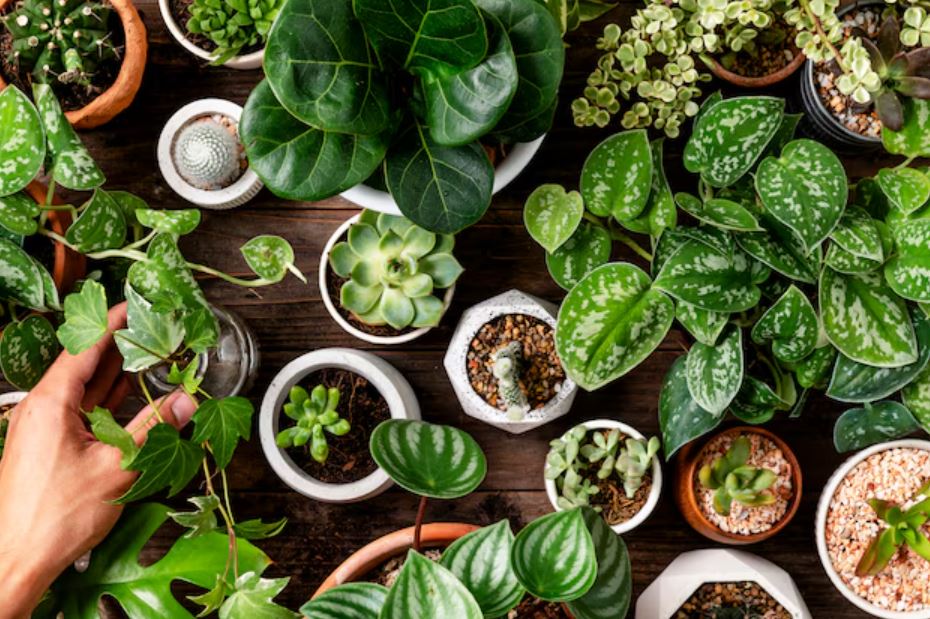)
If your garden is crowded, airflow reduces, and fungus spreads fast. Space out your pots to ensure each plant gets light, air, and room to grow without competing with neighbors.
Keep the Area Clean
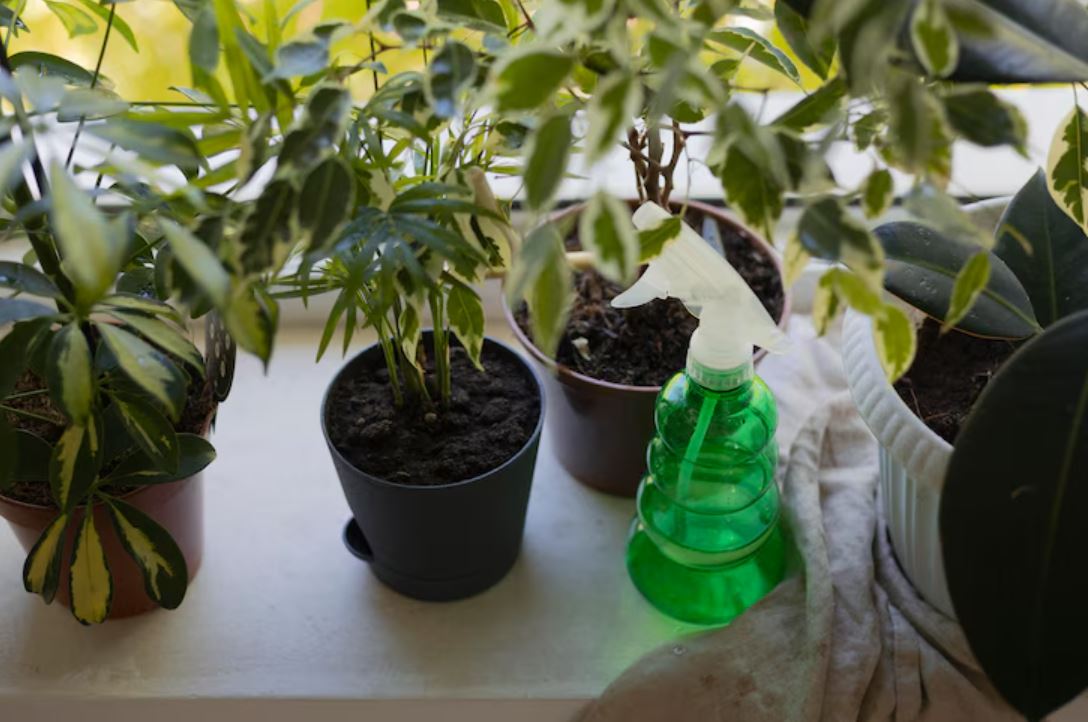)
Fallen leaves and wet debris invite fungal spores and insects. Clean your pots, remove soggy leaves, and keep your gardening area dry and tidy.
Rainwater Harvesting for Later
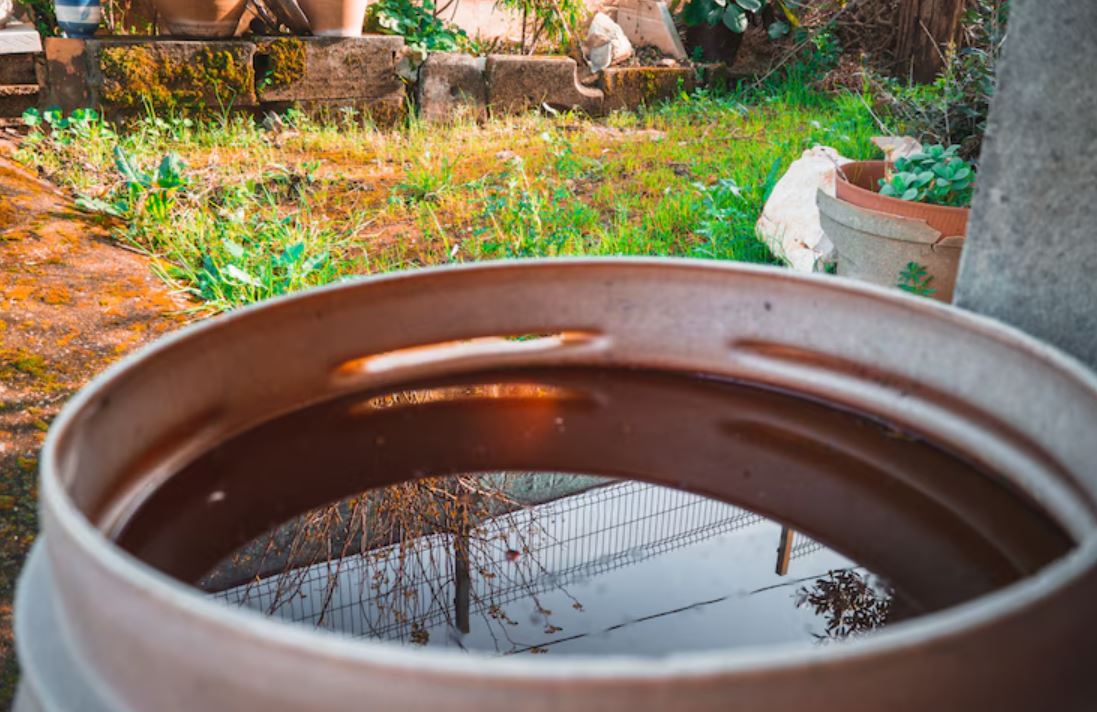)
Collect excess rainwater in clean buckets or barrels for use during dry spells. Rainwater is soft and nutrient-rich, ideal for indoor and flowering plants.
Observe and Adapt
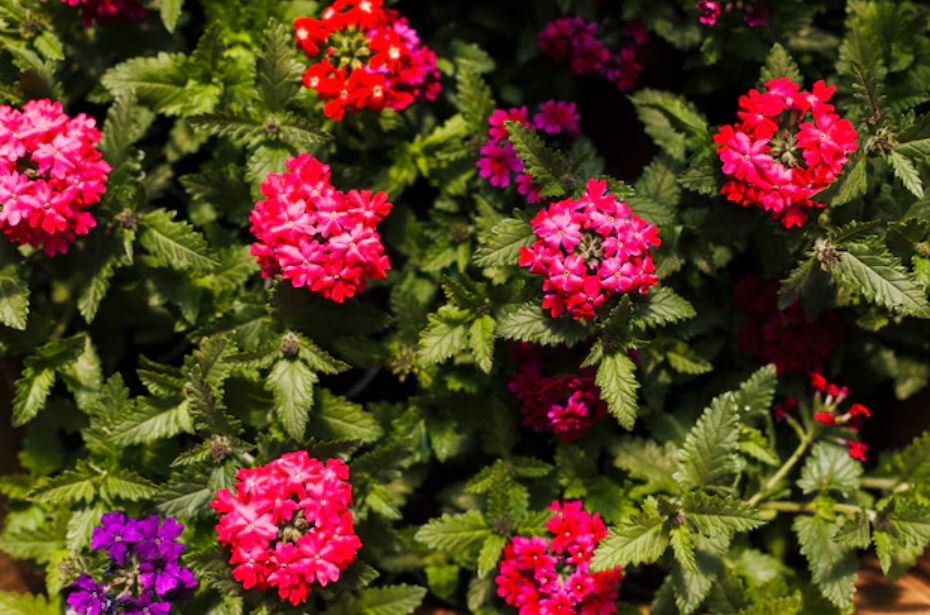)
Every plant is different. Observe their reaction during monsoons, droopy leaves, white spots, or yellowing could all be signs of distress. Adjust their care routine accordingly and don’t be afraid to experiment.
Monsoon gardening guide
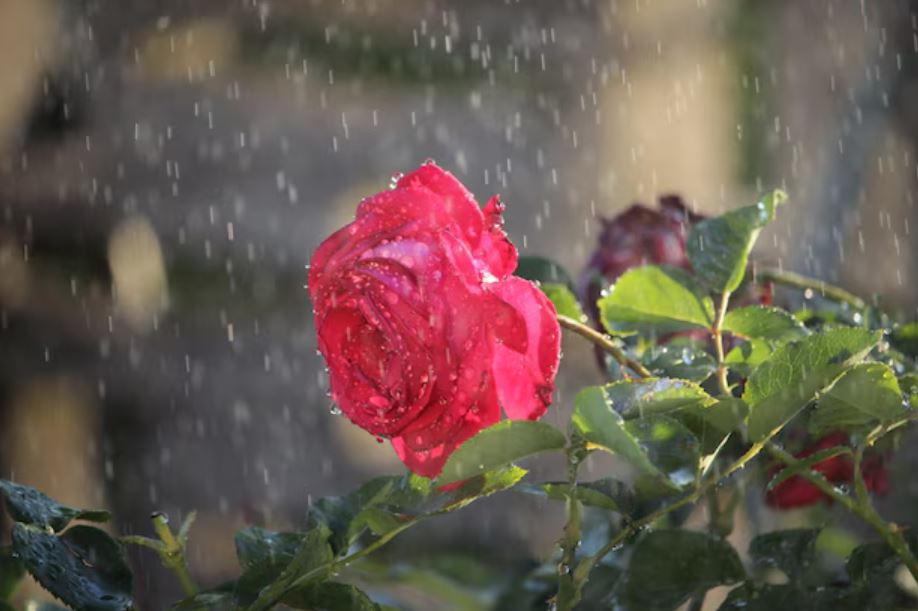)
Monsoons are a magical time for nature, and your plants deserve to flourish with the season, not struggle. With a few smart tweaks and regular check-ins, you can turn your garden into a lush, thriving paradise.
Rainy season garden care
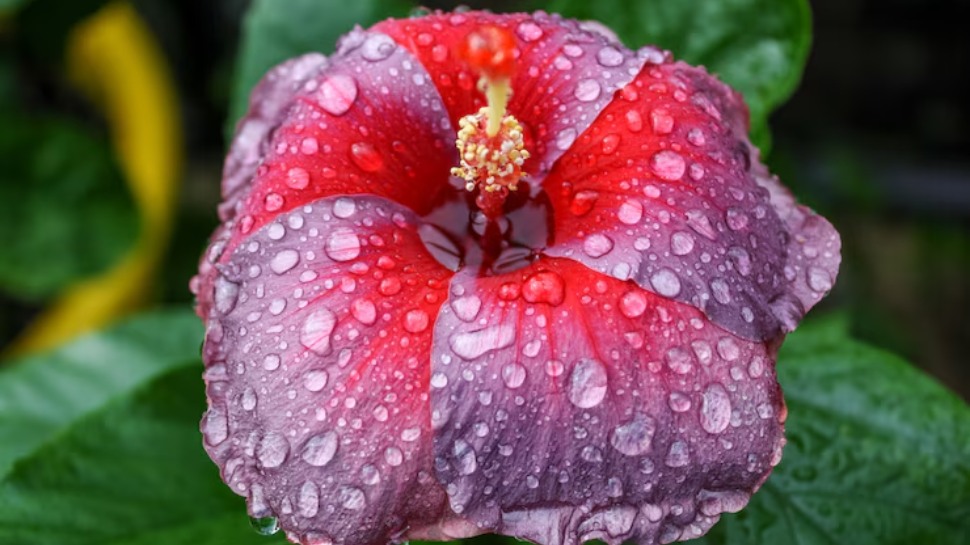)
So grab those pruning shears, move those pots, and show your green babies the care they deserve this rainy season!
(Image Credits: Freepik)
(This article is intended for your general information only. Zee News does not vouch for its accuracy or reliability.)
Trending Photos



)
)
)
)
)
